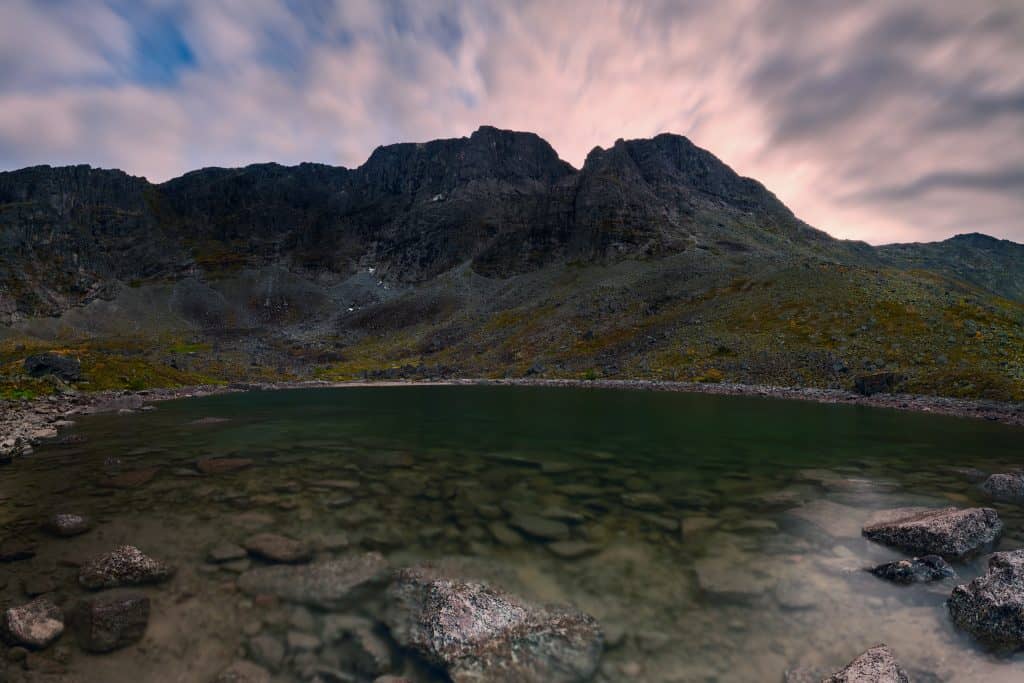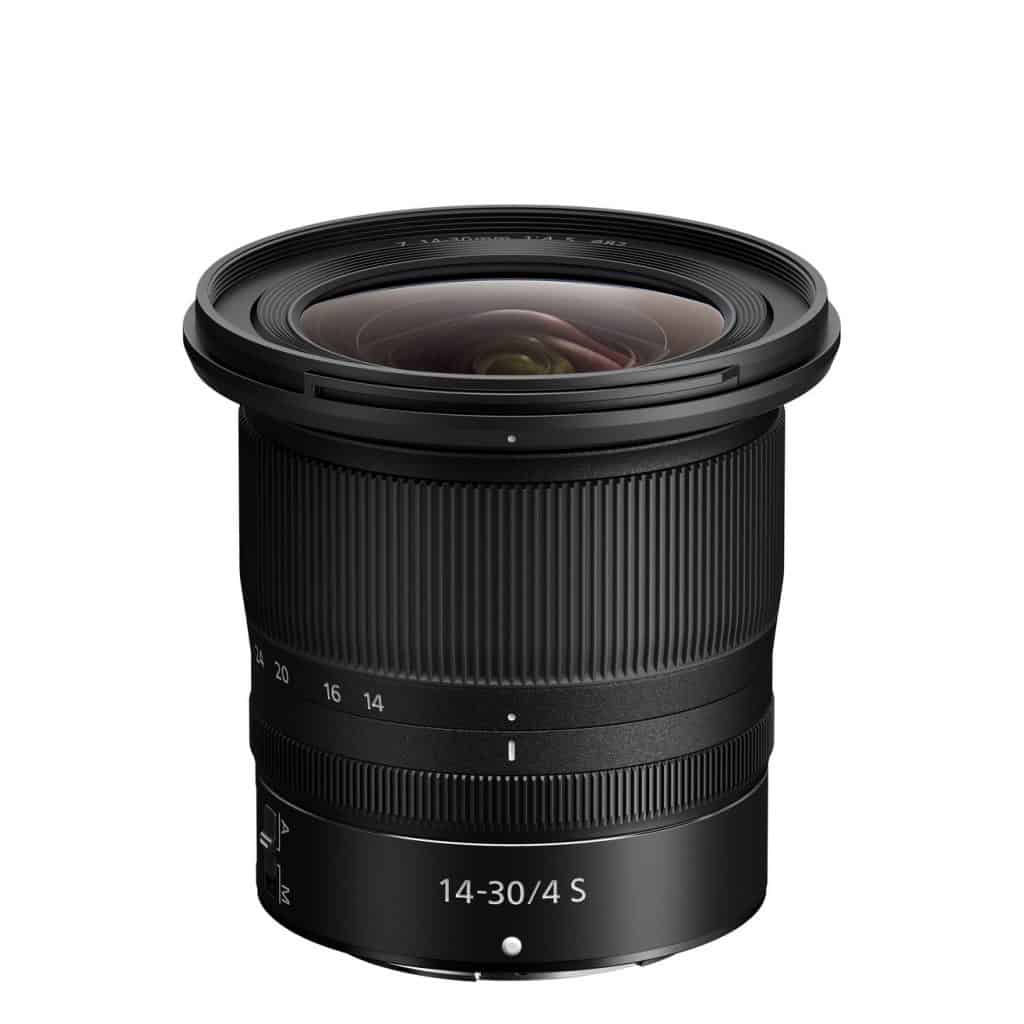A polarizing filter is one of the few tools that give an effect that cannot be achieved with processing on a computer. In this article, we will figure out why it is needed and how it is used.

A polarizing filter is a device that cuts off polarized light. As far as photography is concerned, polarized light is contained primarily in reflections. That is, a polarizing filter allows you to remove unwanted reflections and glare from objects in the photo. It is used by photographers to control glare on glass, water, and other glossy non-metallic surfaces.


In landscape photography, a polarizing filter is used to eliminate glare on water and enhance textures. In portrait photography, it is used to remove unwanted glare from a person’s face. And when shooting a model sitting at a table inside a cafe from the street, you can remove all reflections from the shop window with the help of the filter.
The situation is similar for wedding photography: a classic shot with a bride smiling from a limousine window is more convenient to shoot with a polarizing filter so that the photographer himself is not reflected in the glass.
A polarizing filter has many applications. It is important for the photographer to use observation and imagination in order to understand which glare or reflection it is desirable to remove, and which to leave and emphasize.

In addition, the filter can make the picture a little more contrasted, and the colors more saturated. It helps if you need to shoot in a strong haze, on a hot summer day. Without a filter in such conditions, frames are faded. And when you use it, the blue tint of the sky in the frame will become darker and brighter, and the contours of the clouds will become more contrasting.

In terms of working with polarized light, polarizing filters are divided into linear (PL marking) and circular (CPL marking). However, linear polarizing filters are almost impossible to find on the market today. The fact is that they disrupt the operation of exposure metering and phase focusing of the camera, which means that they can only be used in fully manual shooting mode. The overwhelming majority of filters on the market are CPL – they do not have any negative impact on the camera’s automation.

Like other light filters, polarizing filters are available in different formats. As a rule, photographers use those that screw on the threads around the front lens. When choosing such a filter, find out the thread size of your lens and select the appropriate filter diameter. The thread diameter is always indicated in the lens specifications, on the back of the lens front cap, and often on the barrel of the lens itself.

A threaded polarizing filter has a rotating ring on its rim. With it, we rotate the filter and find its ideal position, in which the glare that we want to remove from the frame is eliminated.
Anyway, the polarizing filter can be produced as a rectangular plate for a special holder, and as a special filter insert for some lenses with a very large front lens.


All polarizing filters darken the frame a little, by about 2 stops of exposure. This is important to keep in mind when shooting in low light. Therefore, the polarizing filter, in contrast to the protective one, should not be worn on the lens all the time – it is ineffective to remove it from your hands in low light.
However, sometimes this property of a polarizing filter should be used to your advantage. It can replace an ND4 neutral gray filter. This is useful, for example, when we shoot with high-aperture optics in very bright light. Thus, it will be possible to ensure the frame from overexposures. And landscape photographers will be able to use the darkening properties of the filter when shooting at long exposures with a tripod.

Another feature of a polarizing filter is that when used on ultra-wide-angle optics, it can cause uneven darkening in the sky. This effect does not depend at all on the quality and price of the filter itself, such is physics.


Therefore, if you are using a lens with focal lengths shorter than 35mm for full frame and 28mm for crop, watch for unwanted darkening in the sky. If they appear, just twist the filter in the frame, they will go away.

A polarizing filter is not a must in a photographer’s arsenal. So, for example, a good tripod and the ability to use it are much more important for a beginner landscape or subject photographer, and for a wedding photographer – a portrait lens for staged photo shoots and an external flash for reportage shooting at a banquet. However, a high-quality polarizing filter will expand your creative possibilities and allow you to get a little more expressive shots.
Are you using a polarizing filter in your work? Share your photos in the comments.
